ELAR 2.2
Developing and sustaining foundational language skills: listening, speaking, reading, writing, and thinking--beginning reading and writing. The student develops word structure knowledge through phonological awareness, print concepts, phonics, and morphology to communicate, decode, and spell. The student is expected to:
- (1) demonstrate phonological awareness by:
- (A) producing
a series of rhyming words;
- (i) distinguishing between long and short vowel sounds in one-syllable and multi-syllable words;
- (ii) recognizing the change in spoken word when a specified phoneme is added, changed, or removed; and
- (iii) manipulating phonemes within base words;
- (iv) demonstrate and apply phonetic knowledge by:
- (B) decoding words with short, long, or variant vowels,
trigraphs, and blends;
- (i) decoding words with silent letters such as knife and gnat;
- (ii) decoding multisyllabic words with closed syllables; open syllables; VCe syllables; vowel teams, including digraphs and diphthongs; r-controlled syllables; and final stable syllables;
- (iii) decoding compound words, contractions, and common abbreviations;
- (iv) decoding words using knowledge of syllable division patterns such as VCCV, VCV, and VCCCV;
- (v) decoding words with prefixes, including un-, re-, and dis-, and inflectional endings, including -s, -es, -ed, -ing, -er, and -est; and
- (vi) identifying and reading high-frequency words from a research-based list;
- (vii) demonstrate and apply spelling knowledge by:
- (C) spelling one-syllable and multisyllabic words with
closed syllables; open syllables; VCe syllables; vowel teams, including
digraphs and diphthongs; r-controlled syllables; and final stable syllables;
- (i) spelling words with silent letters such as knife and gnat;
- (ii) spelling compound words, contractions, and common abbreviations;
- (iii) spelling multisyllabic words with multiple sound-spelling patterns;
- (iv) spelling words using knowledge of syllable division patterns, including words with double consonants in the middle of the word; and
- (v) spelling words with prefixes, including un-, re-, and dis-, and inflectional endings, including -s, -es, -ed, -ing, -er, and -est;
- (vi) alphabetize a series of words and use a dictionary or glossary to find words; and
- (D) develop handwriting by accurately forming all cursive letters using appropriate strokes when connecting letters.
- (A) producing
a series of rhyming words;
- Plus Plan
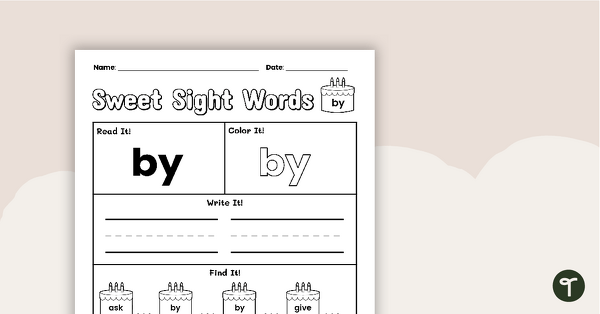
Sweet Sight Words Worksheet - BY
Practice reading, writing, and identifying the high-frequency word “by” from the First Grade Dolch sight words list.
- Plus Plan
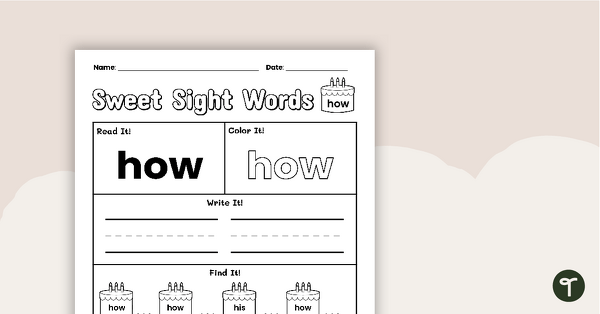
Sweet Sight Words Worksheet - HOW
Practice reading, writing, and identifying the high-frequency word “how” from the First Grade Dolch sight words list.
- Plus Plan
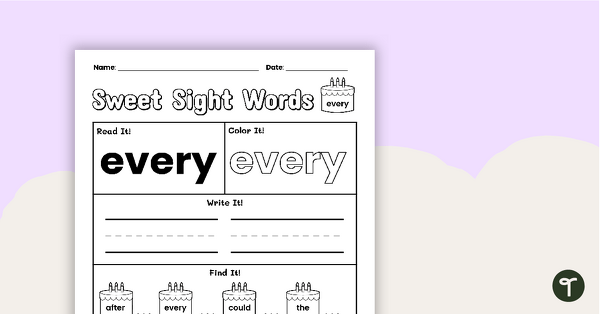
Sweet Sight Words Worksheet - EVERY
Practice reading, writing, and identifying the high-frequency word “every” from the First Grade Dolch sight words list.
- Plus Plan
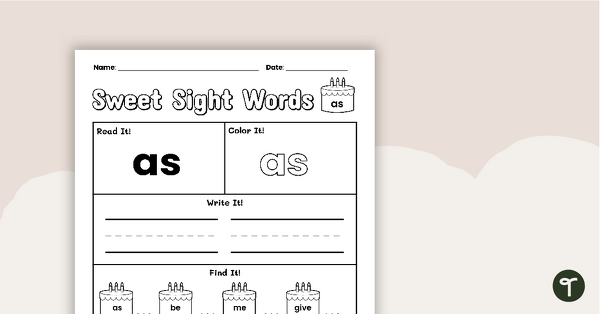
Sweet Sight Words Worksheet - AS
Practice reading, writing, and identifying the high-frequency word “as” from the First Grade Dolch sight words list.
- Plus Plan

Sweet Sight Words Worksheet - AGAIN
Practice reading, writing, and identifying the high-frequency word “again” from the First Grade Dolch sight words list.
- Plus Plan
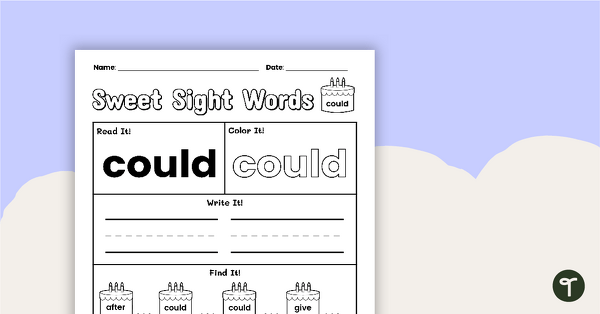
Sweet Sight Words Worksheet - COULD
Practice reading, writing, and identifying the high-frequency word “could” from the First Grade Dolch sight words list.
- Plus Plan
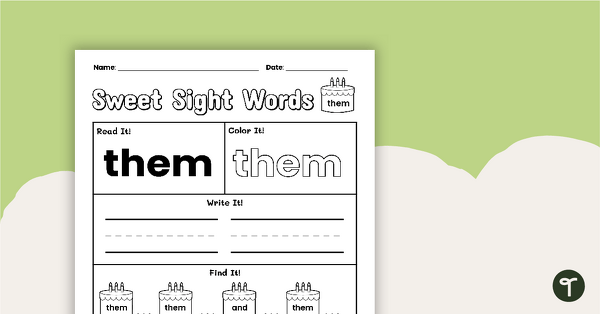
Sweet Sight Words Worksheet - THEM
Practice reading, writing, and identifying the high-frequency word “them” from the First Grade Dolch sight words list.
- Plus Plan
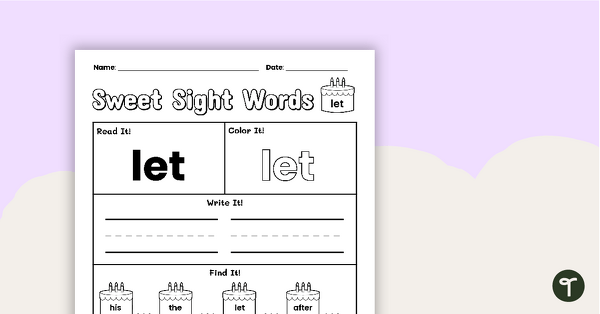
Sweet Sight Words Worksheet - LET
Practice reading, writing, and identifying the high-frequency word “let” from the First Grade Dolch sight words list.
- Plus Plan
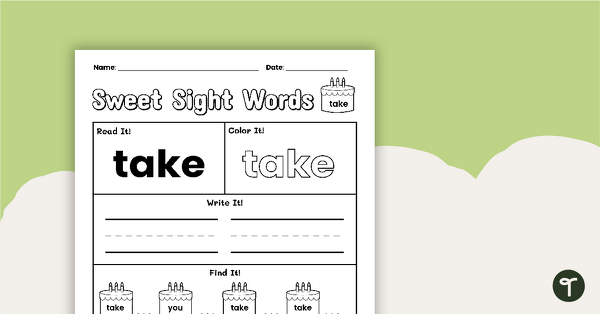
Sweet Sight Words Worksheet - TAKE
Practice reading, writing, and identifying the high-frequency word “take” from the First Grade Dolch sight words list.
- Plus Plan

Sweet Sight Words Worksheet - OPEN
Practice reading, writing, and identifying the high-frequency word “open” from the First Grade Dolch sight words list.
- Plus Plan
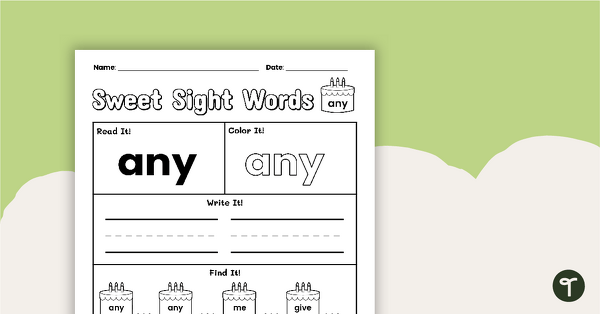
Sweet Sight Words Worksheet - ANY
Practice reading, writing, and identifying the high-frequency word “any” from the First Grade Dolch sight words list.
- Plus Plan
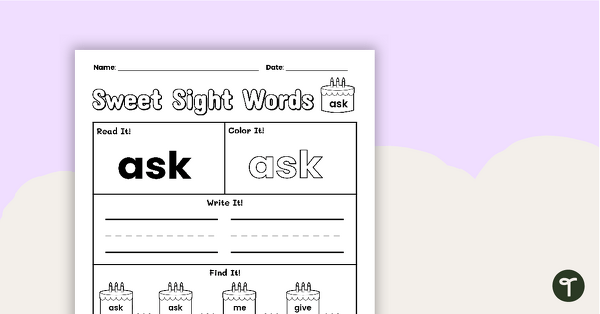
Sweet Sight Words Worksheet - ASK
Practice reading, writing, and identifying the high-frequency word “ask” from the First Grade Dolch sight words list.
- Plus Plan
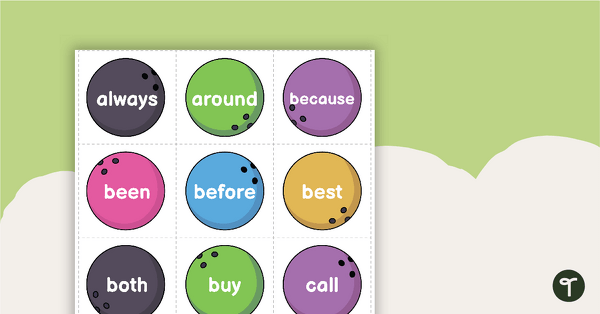
Bowling Game - Dolch Grade 2 Sight Words
Practice reading and matching 46 high-frequency words on the Dolch Second Grade sight words list.
- Plus Plan
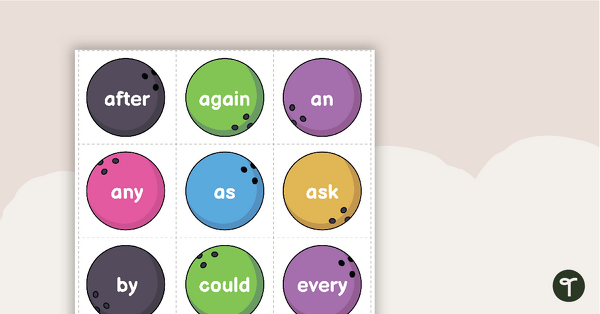
Bowling Game - Dolch First Grade Sight Words
Practice reading and matching 41 high-frequency words on the Dolch First Grade sight words list.
- Plus Plan
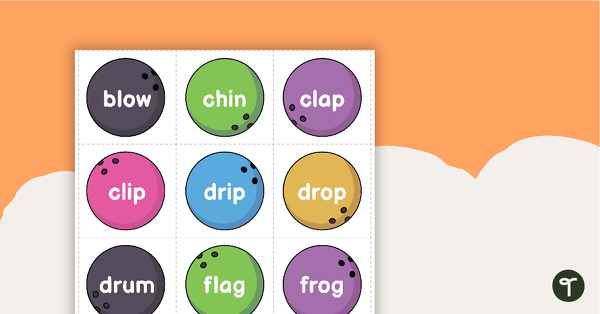
Bowling Game - CCVC Words
Bowl your way through reading 36 CCVC words!
- Plus Plan
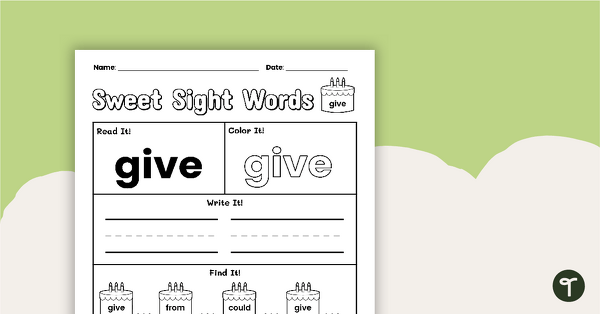
Sweet Sight Words Worksheet - GIVE
Practice reading, writing, and identifying the high-frequency word “give” from the First Grade Dolch sight words list.
- Plus Plan
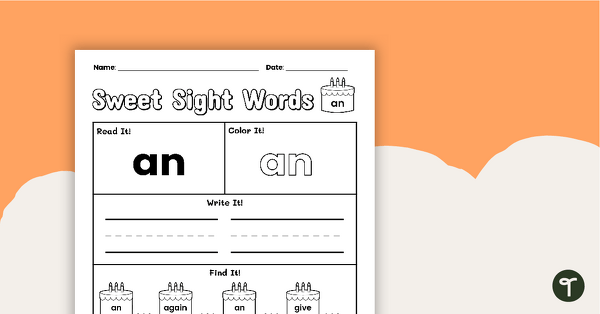
Sweet Sight Words Worksheet - AN
Practice reading, writing, and identifying the high-frequency word “an” from the First Grade Dolch sight words list.
- Plus Plan
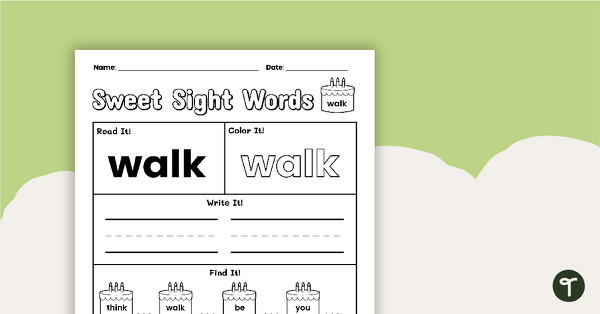
Sweet Sight Words Worksheet - WALK
Practice reading, writing, and identifying the high-frequency word “walk” from the First Grade Dolch sight words list.
- Plus Plan
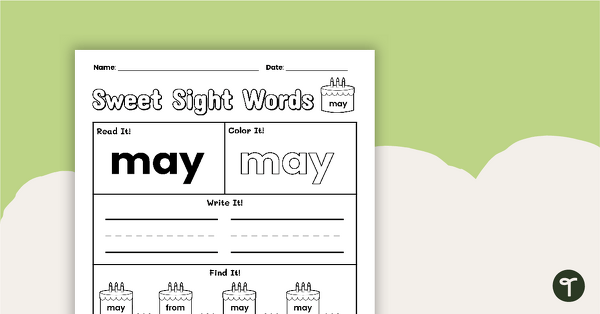
Sweet Sight Words Worksheet - MAY
Practice reading, writing, and identifying the high-frequency word “may” from the First Grade Dolch sight words list.
- Plus Plan
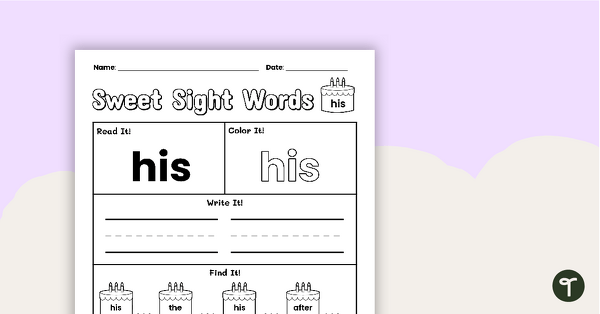
Sweet Sight Words Worksheet - HIS
Practice reading, writing, and identifying the high-frequency word “his” from the First Grade Dolch sight words list.
- Plus Plan
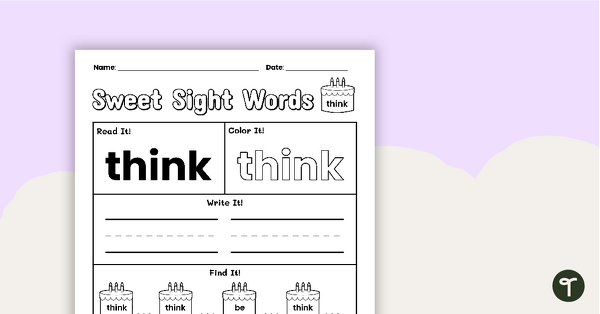
Sweet Sight Words Worksheet - THINK
Practice reading, writing, and identifying the high-frequency word “think” from the First Grade Dolch sight words list.
- Plus Plan
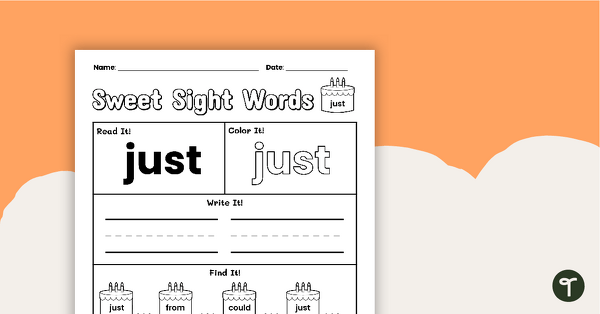
Sweet Sight Words Worksheet - JUST
Practice reading, writing, and identifying the high-frequency word “just” from the First Grade Dolch sight words list.
- Plus Plan
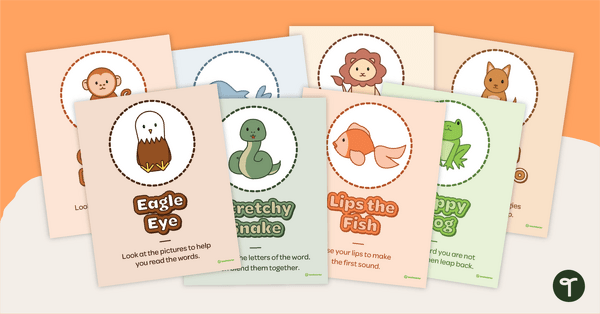
Animal-Themed Decoding Strategy Posters for the Classroom
Remind students of the different decoding strategies they can use when reading with this poster set.
- Plus Plan
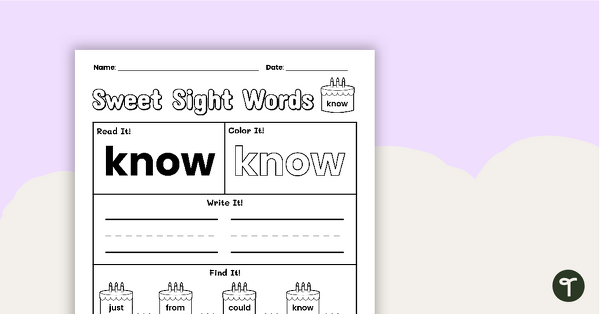
Sweet Sight Words Worksheet - KNOW
Practice reading, writing, and identifying the high-frequency word “know” from the First Grade Dolch sight words list.
- Plus Plan
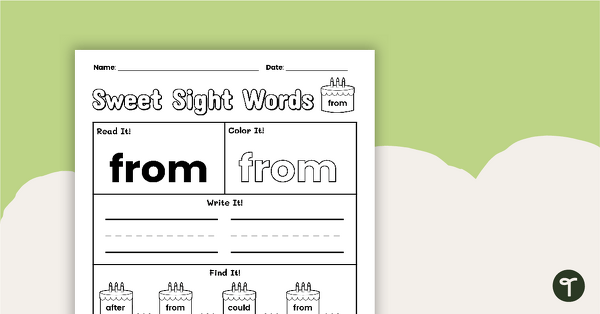
Sweet Sight Words Worksheet - FROM
Practice reading, writing, and identifying the high-frequency word “from” from the First Grade Dolch sight words list.
- Plus Plan
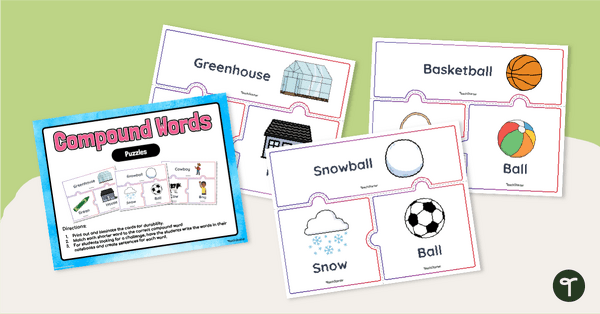
Compound Word Puzzles
Have fun combining words to make compound words with a fun set of compound word puzzles.
- Plus Plan
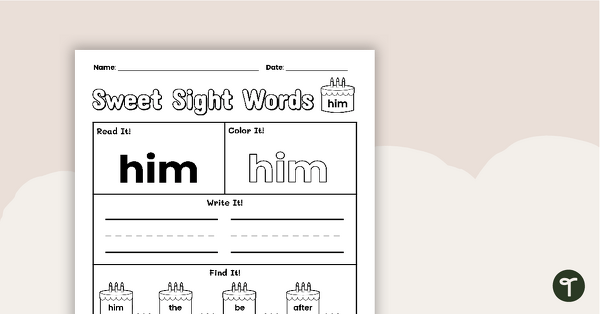
Sweet Sight Words Worksheet - HIM
Practice reading, writing, and identifying the high-frequency word “him” from the First Grade Dolch sight words list.
- Plus Plan

Sweet Sight Words Worksheet - HAS
Practice reading, writing, and identifying the high-frequency word “has” from the First Grade Dolch sight words list.
- Plus Plan
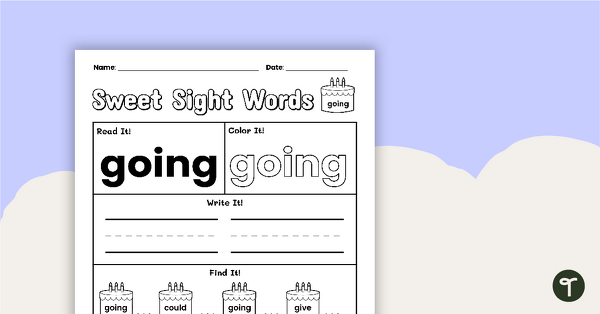
Sweet Sight Words Worksheet - GOING
Practice reading, writing, and identifying the high-frequency word “going” from the First Grade Dolch sight words list.
- Plus Plan
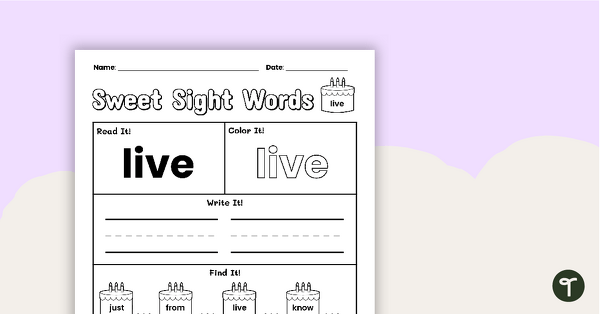
Sweet Sight Words Worksheet - LIVE
Practice reading, writing, and identifying the high-frequency word “live” from the First Grade Dolch sight words list.
- Plus Plan
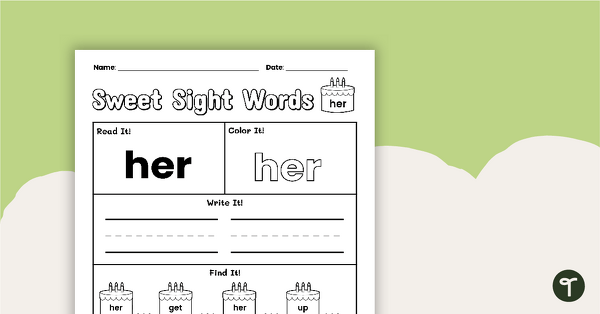
Sweet Sight Words Worksheet - HER
Practice reading, writing, and identifying the high-frequency word “her” from the First Grade Dolch sight words list.
- Plus Plan
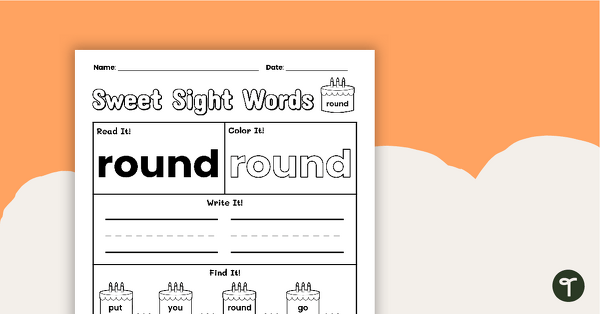
Sweet Sight Words Worksheet - ROUND
Practice reading, writing, and identifying the high-frequency word “round” from the First Grade Dolch sight words list.